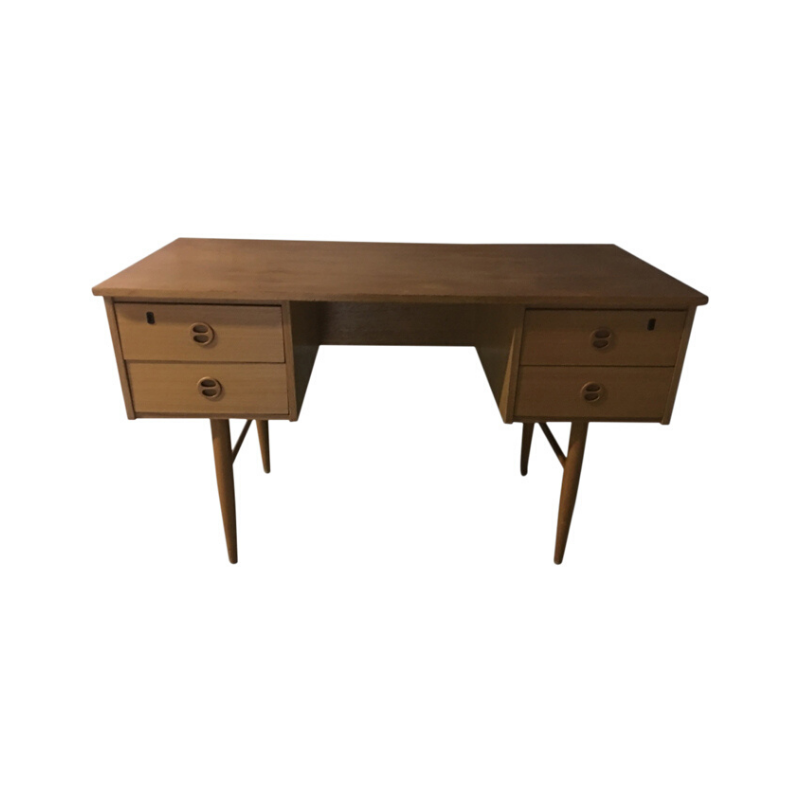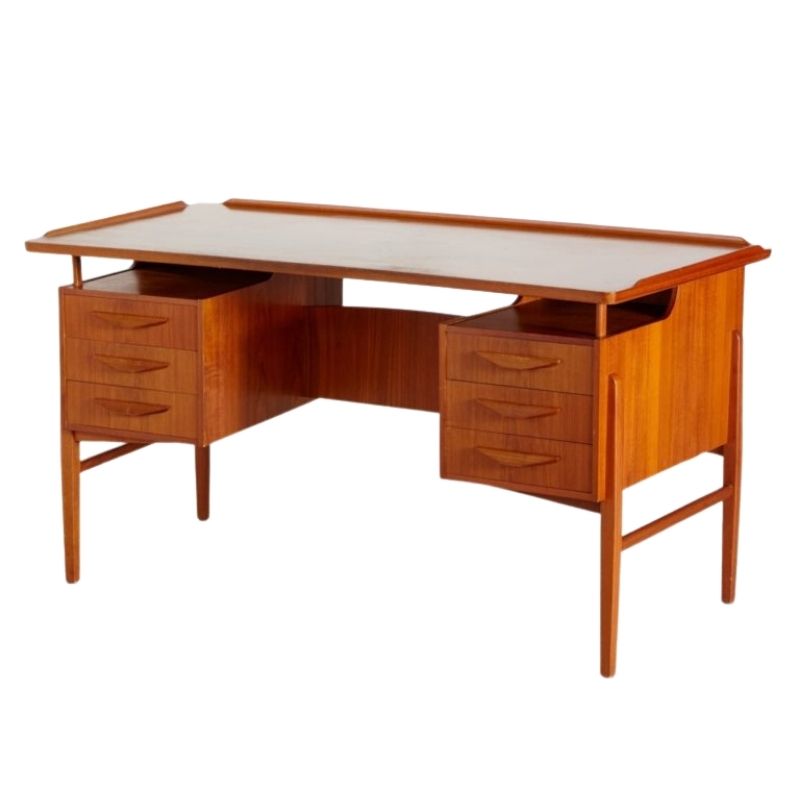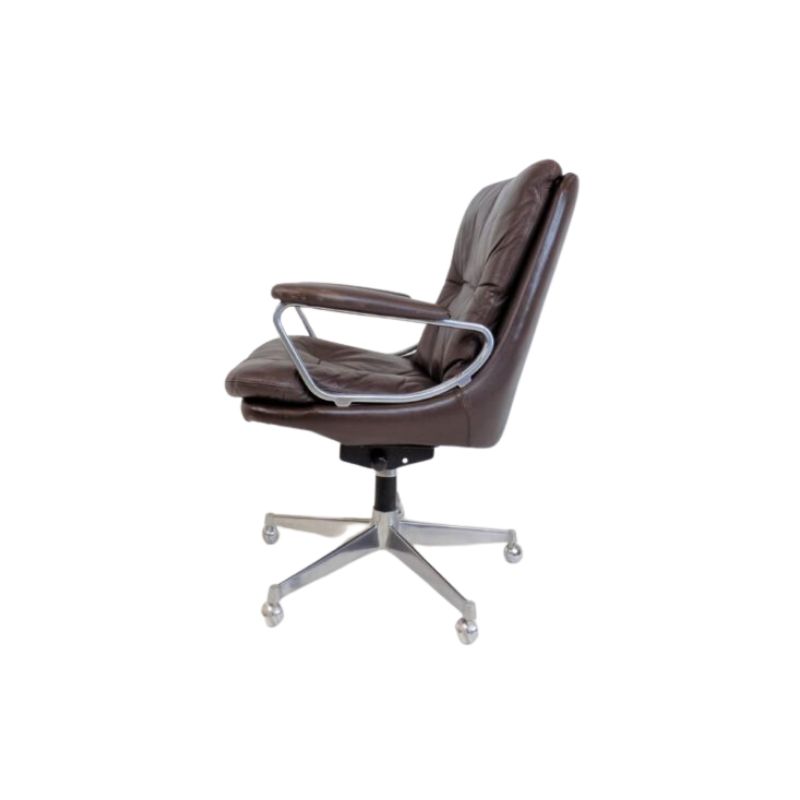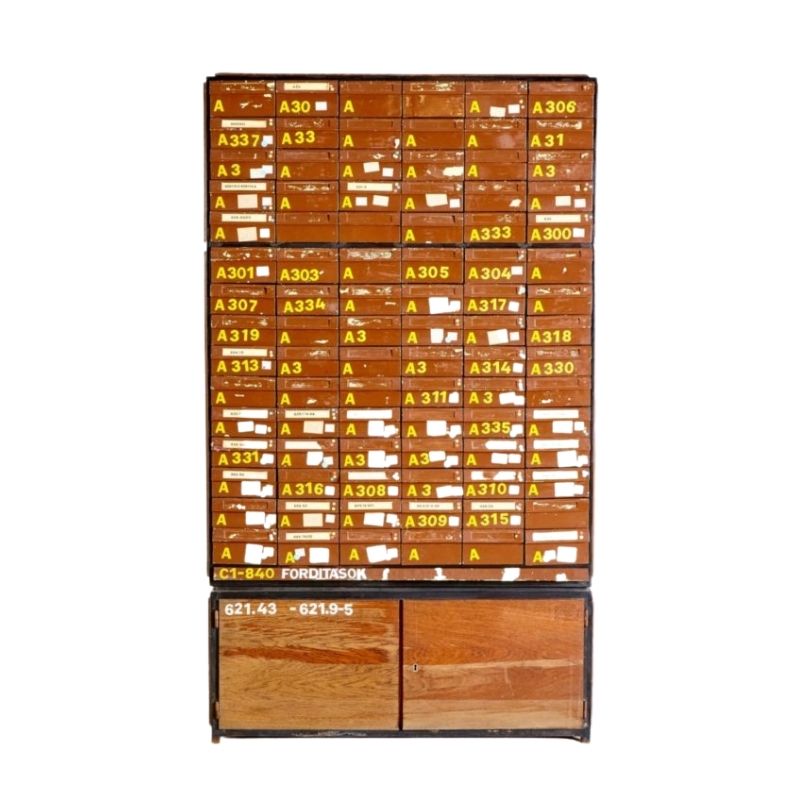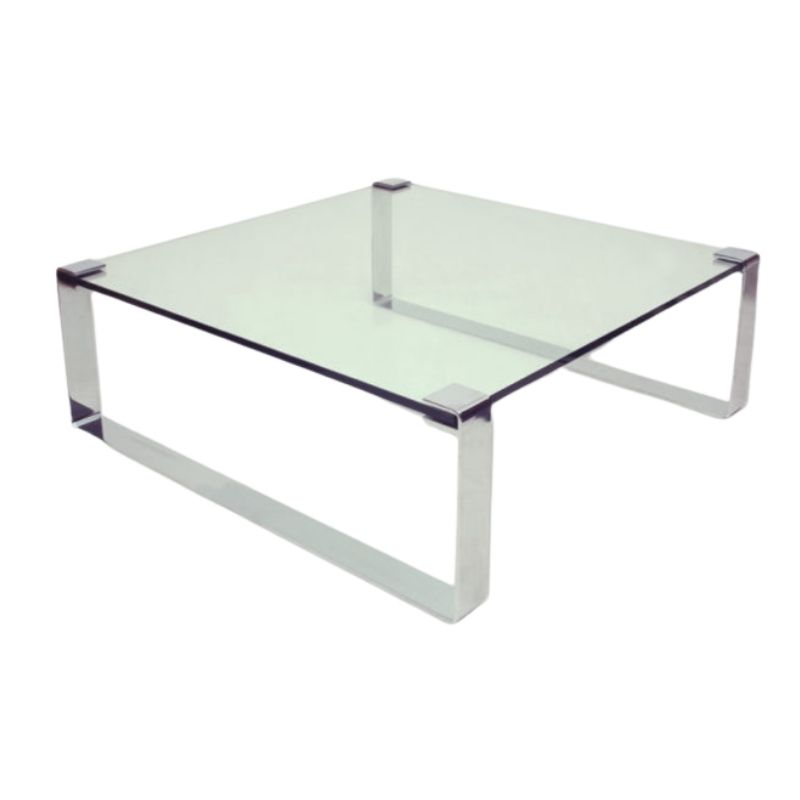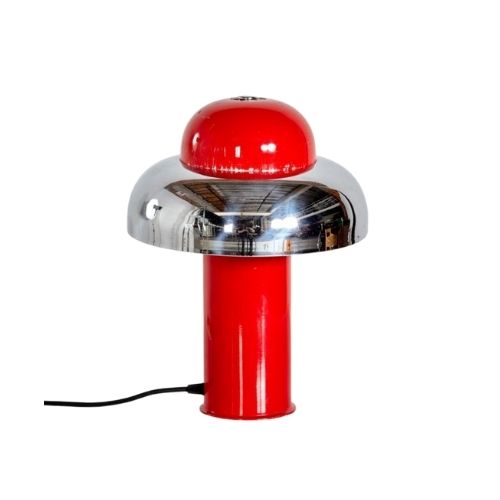About Me
Imagine giving your customers the power to examine every curve, texture, and detail of your furniture products—just as they would in a physical showroom. A furniture 360 view transforms the digital shopping journey from passive browsing into an interactive experience where customers connect with products on a deeper level, leading to greater confidence in purchasing decisions.
Why Interactive Product Visualization Matters for Furniture Retailers
The furniture industry faces unique challenges in the digital marketplace. Unlike smaller products, furniture represents a significant investment, occupies considerable space in customers' homes, and must harmonize with existing décor. Traditional static images simply can't address these concerns effectively.
Implementing furniture 360 view technology bridges this gap by allowing customers to virtually inspect items from every angle. Research by the E-Commerce Foundation reveals that businesses utilizing 360-degree product visualization experience up to 40% fewer returns and 30% higher conversion rates compared to those using standard photography alone.
The psychology behind this is straightforward: when customers can thoroughly explore products virtually, they develop stronger emotional connections and greater purchasing confidence. This interactive experience reduces the uncertainty that typically accompanies online furniture shopping.
Beyond sales metrics, 360 visualization creates a memorable brand impression. When customers encounter a furniture retailer offering comprehensive virtual product examination, they perceive the brand as transparent, customer-focused, and technologically advanced—qualities that foster long-term loyalty in today's competitive marketplace.
Essential Components of an Effective 360 Degree Furniture Display
Creating a compelling furniture 360 view requires attention to several critical elements that collectively deliver an immersive product experience. Professional implementation considers both technical and aesthetic factors to showcase furniture pieces optimally.
Quality matters tremendously in virtual product presentation. Before incorporating 360 technology, consider these foundational components:
High-resolution photography - Crystal-clear images captured at multiple angles ensure customers can examine fine details like wood grain, fabric texture, and joinery quality.
Consistent lighting setup - Professional lighting eliminates shadows and accurately represents product colors and materials across all rotation points.
Smooth rotation functionality - The viewing experience should feel natural and intuitive, with fluid movement between angles that responds immediately to user interaction.
Zoom capability - Allowing customers to magnify specific areas helps them assess craftsmanship and materials closely.
Mobile optimization - With over 60% of online shopping occurring on mobile devices, your furniture 360 view must perform flawlessly across all screen sizes.
Beyond these technical aspects, consider incorporating hotspots that highlight special features, material options panels for visualizing different upholstery choices, and dimension indicators that help customers understand the furniture's scale in relation to their space.
The most effective 3D furniture showcase solutions balance comprehensive detail with user-friendly navigation. When customers can effortlessly explore products without technical frustration, they remain engaged longer and develop stronger purchase intent.
Implementing Virtual Furniture Showroom Technology
The journey toward implementing furniture 360 view technology typically follows several distinctive phases, each requiring careful consideration to ensure optimal results for your specific product range.
Starting with the capture process, furniture retailers can choose between professional photography services or CGI (Computer Generated Imagery) approaches. While traditional photography works well for existing inventory, CGI offers remarkable flexibility for customizable furniture collections where customers can select from numerous material and color combinations.
For photography-based solutions, specialized equipment includes:
Turntable systems - Professional-grade platforms that rotate furniture pieces at precise increments while maintaining perfect stability
Multi-camera arrays - Advanced setups that capture simultaneous images from multiple angles, reducing production time
Color calibration tools - Essential for ensuring digital representations match the actual product colors accurately
The implementation process typically requires integration with your existing e-commerce platform. Most leading platforms including Shopify, WooCommerce, and Magento offer plugins or API connections for furniture 360 view technology. When selecting an integration partner, prioritize those with experience in the furniture sector specifically, as they'll understand the unique challenges of showcasing large, detailed products.
Consider also the bandwidth implications of high-quality interactive content. Progressive loading techniques help balance visual quality with performance, ensuring even customers with moderate internet speeds can enjoy smooth visualization experiences without frustrating delays.
Finally, analyze implementation costs against projected returns. While premium furniture 360 view solutions represent an investment, retailers typically recover costs through increased conversion rates within 3-6 months, making this technology particularly valuable for higher-ticket furniture items where customer hesitation often impedes purchasing decisions.
Measuring Success of Interactive Furniture Visualization
Determining the return on investment for furniture 360 view technology requires monitoring specific metrics that reveal how this interactive feature influences customer behavior and purchasing decisions. Proper analytics implementation helps refine your approach and maximize benefits.
Begin by establishing performance baselines before implementation, then track these key indicators:
Engagement duration - How long customers interact with 360-degree views compared to static images
Conversion rate differential - Comparing purchase completion rates between products with and without interactive visualization
Return rate changes - Monitoring whether products viewed in 360-degrees experience fewer returns due to unmet expectations
Heat mapping analysis - Identifying which angles and features customers examine most frequently
Device-specific performance - Evaluating whether mobile users engage differently than desktop shoppers
Sophisticated furniture retailers also implement A/B testing protocols, temporarily disabling furniture 360 view functionality for segments of traffic to precisely measure its impact on conversion metrics. This controlled testing approach provides compelling evidence of visualization technology's actual value contribution.
Customer feedback represents another invaluable measurement dimension. Exit surveys and post-purchase questionnaires often reveal qualitative insights about how interactive product displays influence buying confidence. These testimonials frequently highlight aspects of the furniture 360 view experience that analytics alone might miss.
Finally, track competitors' adoption of similar technology. As immersive product experiences become standard in the furniture industry, retailers who delay implementation risk appearing outdated. Maintaining competitive analysis helps contextualize your visualization strategy within broader market movements and consumer expectations.
If you need any help, please contact us at – info@designaddict.com



